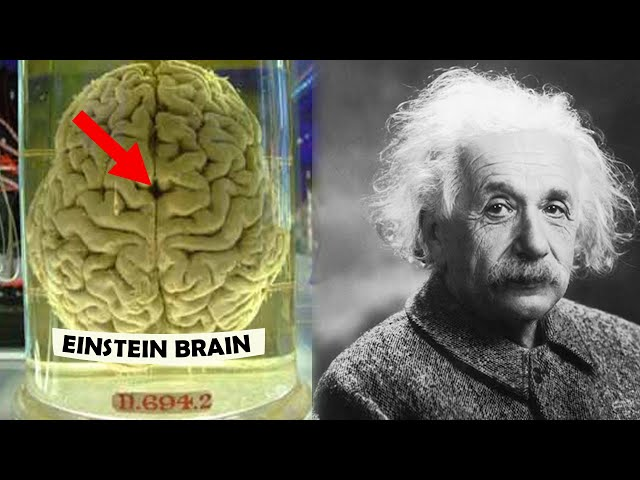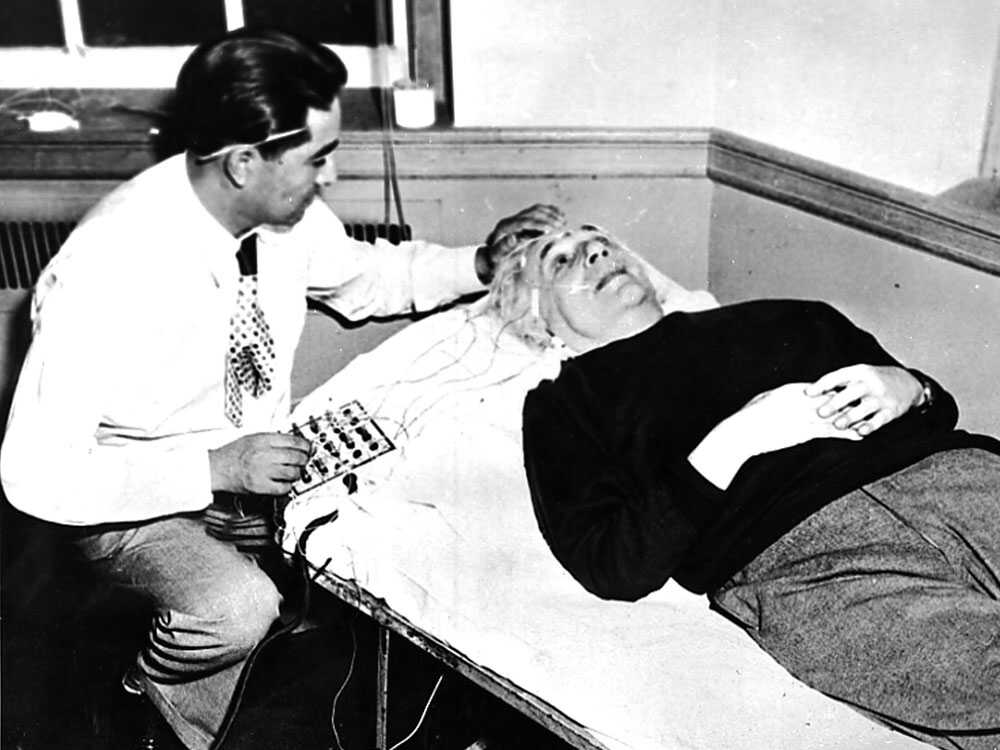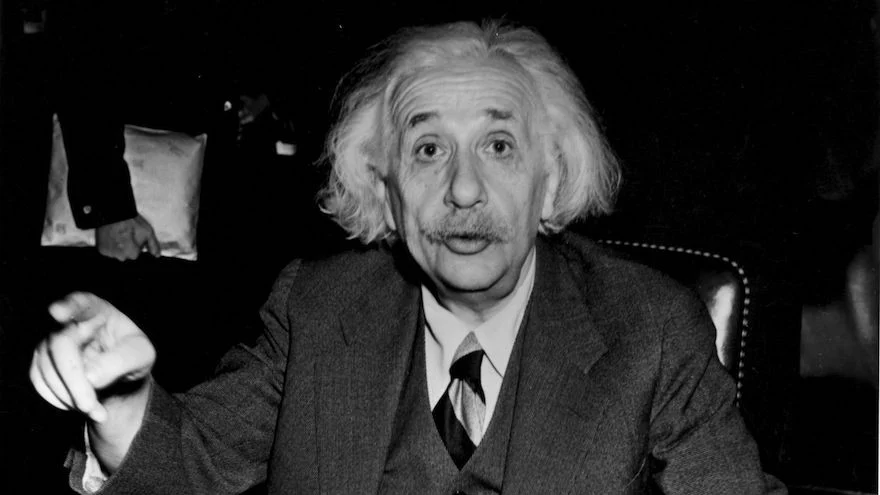When Albert Einstein passed away in 1955, the world mourned the loss of one of the greatest minds in human history. But what happened next is a story that straddles the line between scientific curiosity and ethical controversy. Without permission, during the famed physicist’s autopsy, Dr. Thomas Harvey made a decision that would spark decades of fascination, debate, and mystery: he removed Einstein’s brain.
What followed was a bizarre and winding journey that saw the brain of the century travel across the country in jars one of which was reportedly a reused Miracle Whip container and end up in a museum decades later.

The Unauthorized Autopsy Twist
Albert Einstein’s final wishes were simple and clear. He wanted to be cremated, his remains scattered in an undisclosed location, and his body left undisturbed. Yet, when he died on April 18, 1955, at Princeton Hospital, pathologist Dr. Thomas Harvey went against those wishes. During the autopsy, Harvey removed Einstein’s brain, reportedly in hopes of preserving it for future study.
It’s important to note: Harvey didn’t have the family’s consent at the time. This single act sparked an ethical firestorm that would last for years.

Preserved in Jars, Not in Time
Harvey carefully sectioned Einstein’s brain into hundreds of pieces. Some were embedded in resin and sliced into microscopic slides for study, while others were stored in mason jars filled with formaldehyde. The most peculiar detail? One of the containers used was said to be an old Kraft Miracle Whip jar a hauntingly domestic image for something so profound.
Video:
Where is Albert Einstein’s Brain?
Harvey lost his medical license in the 1980s but remained committed to his self-appointed mission. He kept the brain fragments with him as he moved around the country, stashing them in boxes and even mailing samples to researchers who showed interest.
Searching for Genius in Gray Matter
The goal of preserving Einstein’s brain was to unlock the neurological secrets behind his extraordinary intellect. Over the decades, numerous scientists analyzed slices of his brain, hoping to uncover patterns, anomalies, or structures that might explain his genius.
Some studies claimed to find slight differences in the parietal lobes areas linked to spatial reasoning and mathematical ability. Others noted an unusually high number of glial cells, which support brain function. But none of these findings led to a definitive answer. The hope that Einstein’s brilliance could be traced to a physical characteristic remained elusive.

A Strange Journey Comes to Rest
In 2015, after years of controversy and curiosity, several pieces of Einstein’s brain found a final home at the Mütter Museum in Philadelphia a place known for its collection of medical oddities. There, the public can now view some of the preserved samples, bringing a surreal chapter of medical and scientific history to a close.
Video:
The UnXplained: The Secrets of Einstein’s Brain (Season 2) | History
For many, it’s a respectful end to what had long been a strange and uncomfortable saga. For others, it remains a reminder of how even the greatest minds can be caught in the tangle of human obsession.
Genius, Mystery, and the Line Between Curiosity and Consent
Albert Einstein’s name is forever associated with imagination, discovery, and intellectual freedom. The story of his brain, however, raises enduring questions about scientific ethics, consent, and the human desire to dissect genius in search of answers.
While his body was cremated as he wished, his brain’s journey reminds us that the legacy of a person often outlives their physical self in unexpected and sometimes troubling ways.
In the end, Einstein’s true genius wasn’t found under a microscope. It was in the ideas he left behind: relativity, curiosity, and a belief in the boundless potential of the human mind.



